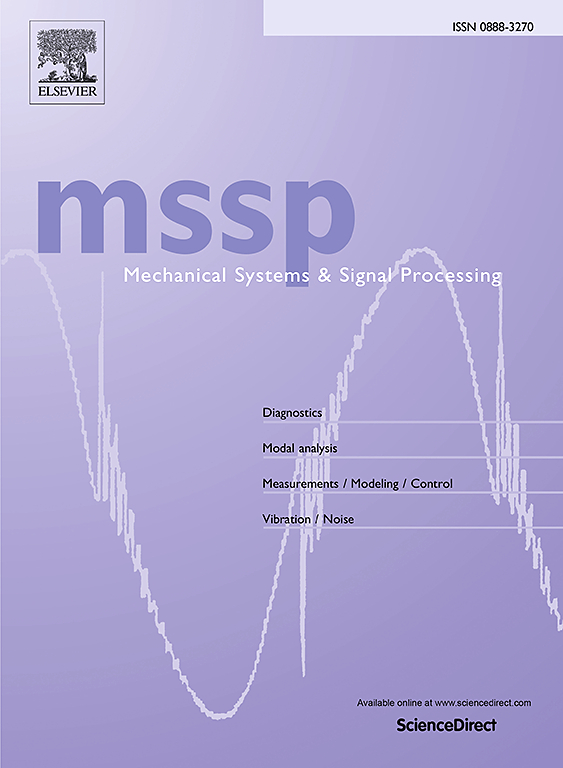A recurrent neural network-based monitoring system using time-sequential molten pool images in wire arc directed energy deposition
IF 7.9
1区 工程技术
Q1 ENGINEERING, MECHANICAL
引用次数: 0
Abstract
Directed energy deposition (DED) is a widely utilized additive manufacturing technique, with wire arc directed energy deposition (WA-DED) being a notable variant, particularly for producing medium to large-sized metal parts in industries such as aerospace and maritime. However, due to the inherent instability of the WA-DED process, even with optimized deposition parameters, subtle internal defects that significantly impact part structural integrity may still occasionally occur. To ensure the quality and reliability of high-end and high-valued parts, developing an effective monitoring system to detect defects and eliminate substandard products is a significant research focus. Thus, this research proposes a novel monitoring system for WA-DED, utilizing recurrent neural network algorithmic structures and time-sequential molten pool images. The system consists of three critical modules: (i) data pre-processing, using fast Fourier transform and low-pass filter for noise reduction; (ii) data augmentation, employing a time-sequential image data augmentation algorithm with vector quantized variational autoencoder (VQVAE) for feature extraction and conditional generative adversarial network (CGAN) for generating new datasets; (iii) classifier construction, developing an algorithm based on the convolutional long short-term memory (ConvLSTM) algorithmic structure to construct a classifier. The proposed monitoring system demonstrates near real-time performance with an average monitoring latency of approximately 0.02 s per time-sequential image group. The effectiveness of the proposed monitoring system is validated by its application in defect detection within a real-world aircraft winglet part. The defect spectrums of each case are generated based on the detection results, which intuitively show the category and location of the potential defects. The detection accuracies on internal defects and severe defects are 94.25% and 93.76% respectively. The result demonstrates the system’s superior ability to identify various types of defects with high accuracy and reliability in fabricating complex parts.

求助全文
约1分钟内获得全文
求助全文
来源期刊

Mechanical Systems and Signal Processing
工程技术-工程:机械
CiteScore
14.80
自引率
13.10%
发文量
1183
审稿时长
5.4 months
期刊介绍:
Journal Name: Mechanical Systems and Signal Processing (MSSP)
Interdisciplinary Focus:
Mechanical, Aerospace, and Civil Engineering
Purpose:Reporting scientific advancements of the highest quality
Arising from new techniques in sensing, instrumentation, signal processing, modelling, and control of dynamic systems
 求助内容:
求助内容: 应助结果提醒方式:
应助结果提醒方式:


